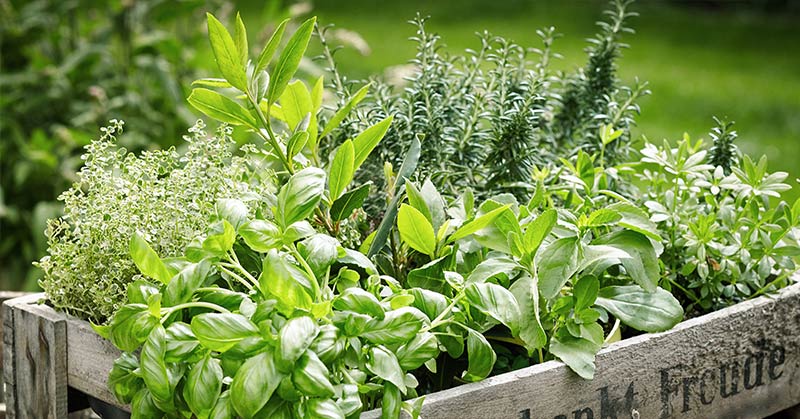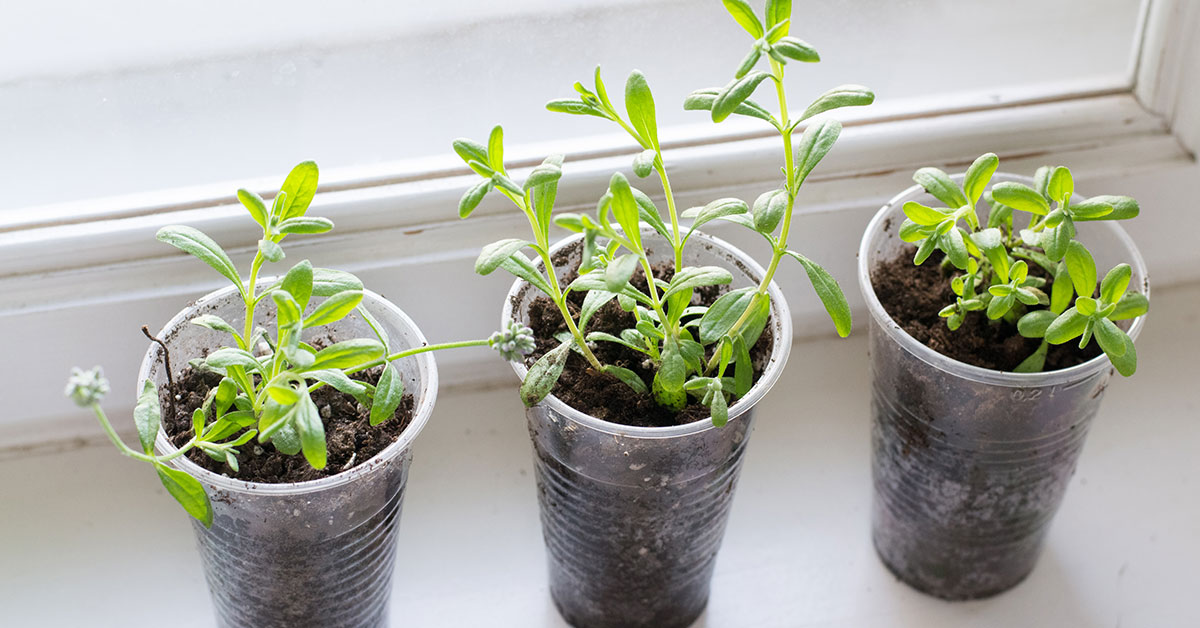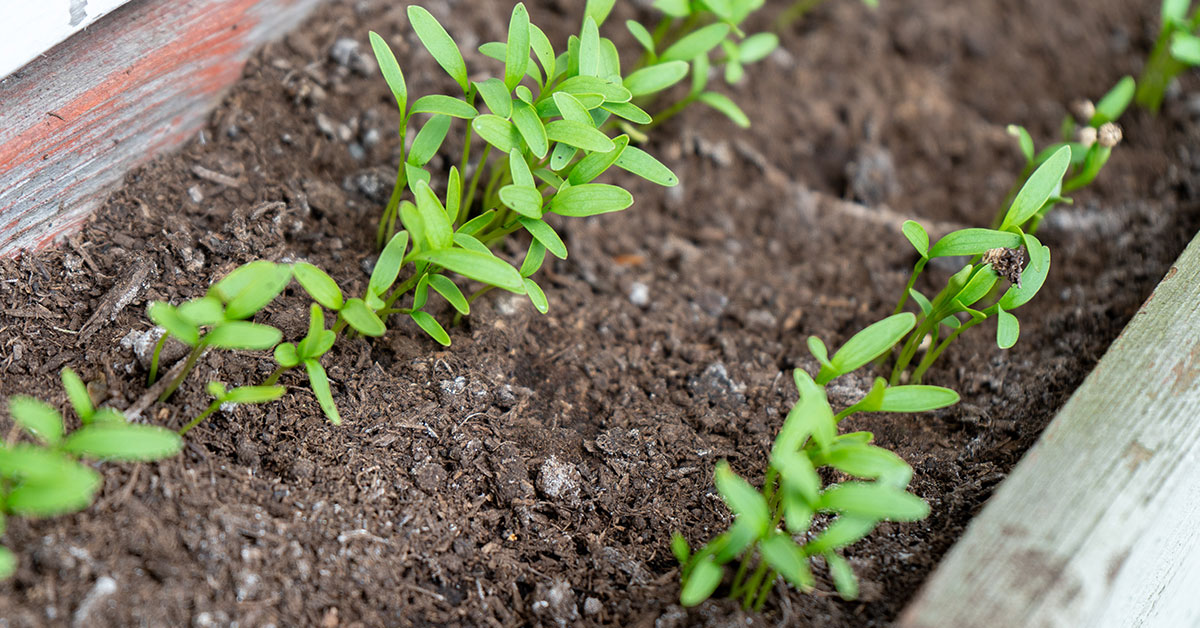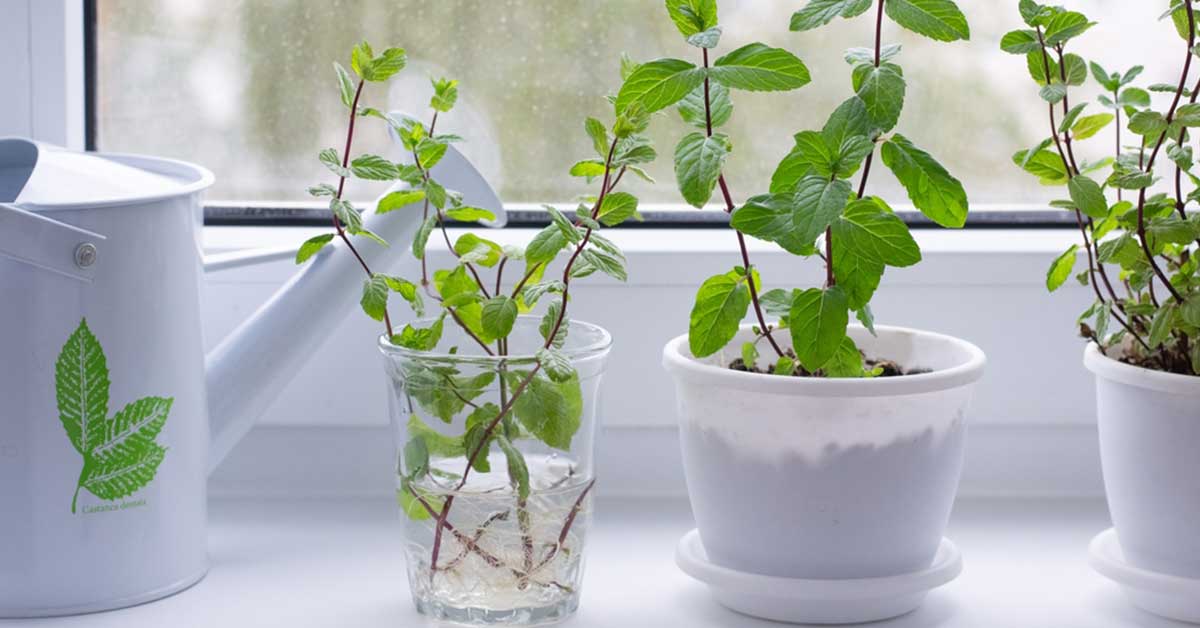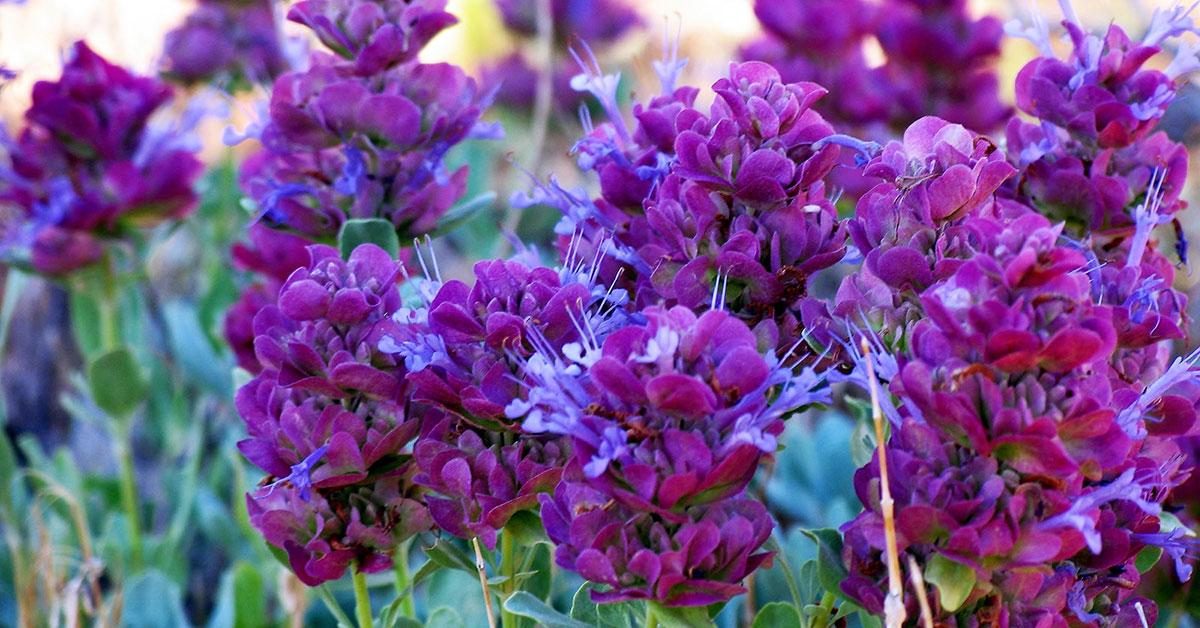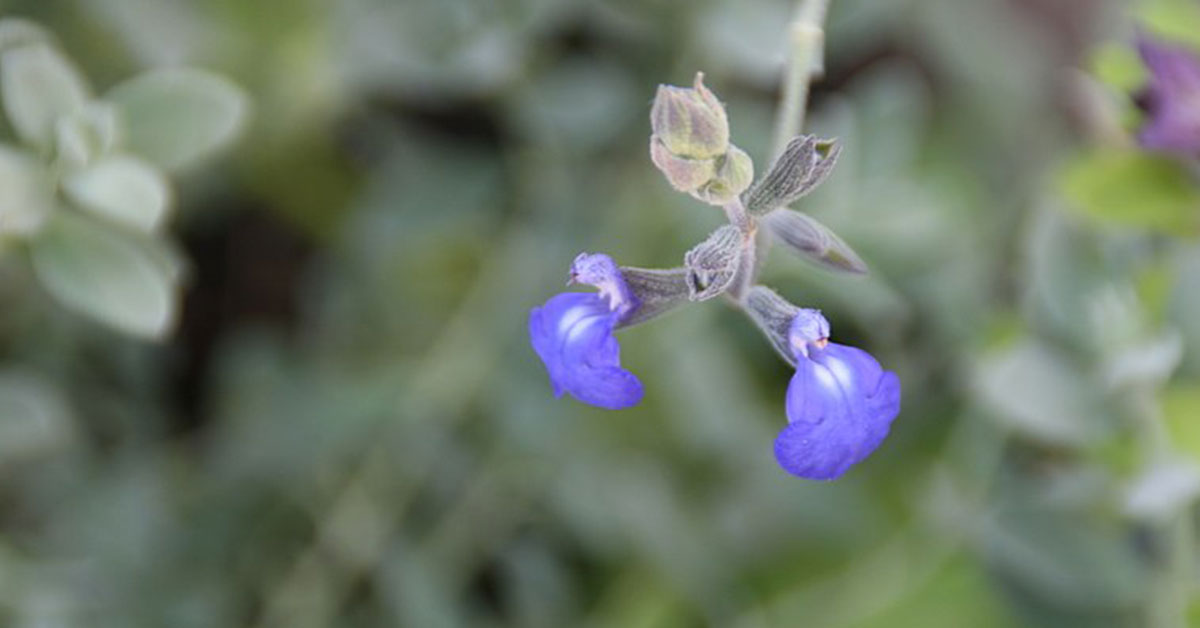Thai basil is a popular herb used in many Southeast Asian cuisines, especially in Thai dishes. It is known for its fragrant aroma, slightly sweet taste, and hints of anise and licorice. This herb is used in a variety of dishes, from curries and stir-fries to soups and salads, and is often used as a garnish for its beautiful green leaves. Thai basil is not only delicious but also has several health benefits, making it a must-have in your kitchen. In this blog post, we will explore the many benefits and uses of Thai basil, as well as how to grow and store it.
What is a Thai basil?
Thai basil, also known as holy basil or kaphrao, is a type of basil that is commonly used in Southeast Asian cuisine. It is native to Thailand, and is known for its fragrant aroma and slightly spicy flavor.
This herb has a distinctive appearance, with purple stems and green leaves that are slightly pointed and serrated. It is often used as a garnish in Thai dishes, but can also be used in stir-fries, curries, and soups.
In addition to its culinary uses, it is also used in traditional medicine in Thailand and other parts of Asia. It is believed to have anti-inflammatory and antioxidant properties, and is used to treat a variety of ailments, including respiratory infections, digestive issues, and skin conditions.
Overall, Thai basil is a versatile and flavorful herb that is an essential ingredient in many Southeast Asian dishes. Its unique flavor and aroma add depth and complexity to any recipe, making it a must-have for any home cook.
What makes Thai basil different from other varieties?
Thai basil, also known as holy basil or sweet basil, is a popular herb in Thai cuisine and is distinct from the more commonly used sweet basil. While both are members of the mint family, Thai basil has a unique flavor and aroma that sets it apart from other varieties.
One of the main differences between Thai basil and sweet basil is their taste. Thai basil has a spicy, peppery flavor with hints of licorice and mint. This makes it a great addition to spicy dishes, such as curries and stir-fries, as it can help balance out the heat. Sweet basil, on the other hand, has a sweeter, more mild flavor that is commonly used in Italian cuisine, such as in tomato sauce or pesto.
Another difference is their appearance. This herb has purple stems and dark green leaves with a slightly pointed shape, while sweet basil has green stems and lighter green, rounded leaves. Thai basil also has a more pungent aroma, which is why it is sometimes referred to as holy basil.
In addition to its unique flavor and aroma, Thai basil also has some health benefits. It contains essential oils, such as eugenol and caryophyllene, which have anti-inflammatory and antioxidant properties. It is also rich in vitamins A and C, calcium, and iron.
Overall, the distinct flavor and aroma of this herb make it a versatile and flavorful herb to incorporate into your cooking. Whether you are making a spicy curry or a refreshing summer salad, Thai basil is sure to add a delicious kick to your dish.
How to grow Thai Basil
Thai basil is a popular herb used in many delicious Thai dishes. Not only does it add a unique flavor to your meals, but it also has some health benefits. It’s an easy herb to grow and maintain, making it a great option for beginners. In this guide, we will provide you with some tips on how to grow Thai basil.
Choose the Right Location
This herb absolutely loves warm weather and sunlight, so it’s important to choose a spot in your garden that receives at least six hours of direct sunlight per day. It’s also important to make sure the soil is well-draining and has a pH level between 6.0 and 7.5.
Plant the Seeds
Once you have chosen the right location, it’s time to plant the seeds. You can either plant the seeds directly in the ground or start them indoors in a seed tray. If you choose to start them indoors, make sure to transplant them outdoors once they have developed their second set of leaves.
Water Regularly
Thai basil needs to be watered regularly, but make sure not to overwater it. Water the plant deeply once a week, or more if the weather is particularly hot and dry. Make sure the soil is moist but not waterlogged.
Fertilize
To promote healthy growth, fertilize your plant every four to six weeks with a balanced fertilizer. You can also add compost to the soil to provide additional nutrients.
Prune Regularly
Pruning your Thai basil regularly will help it grow bushier and produce more leaves. Pinch off the tips of the stems when they are about six inches tall. This will encourage the plant to branch out and produce more leaves.
In conclusion, growing this herb is easy and rewarding. With the right location, proper watering, and regular pruning, you can enjoy fresh and flavorful Thai basil in your meals all year round.
Growing tips
While Thai basil is generally an easy herb to grow, there are a few additional tips that can help ensure a healthy and productive plant. Here are some suggestions:
- Choose the right location: This herb prefers full sun and well-drained soil. Pick a spot in your garden or patio that gets at least six hours of direct sunlight a day. If you’re growing Thai basil in a container, make sure it has enough drainage holes and use a good quality potting mix.
- Water regularly: It likes to be kept evenly moist, but not waterlogged. Water your plant when the top inch of soil feels dry to the touch. Be careful not to overwater, as this can lead to root rot.
- Fertilize occasionally: This herb benefits from a light application of organic fertilizer every month or so during the growing season. You can use a balanced fertilizer or one that’s higher in nitrogen to encourage leafy growth.
- Pinch and prune: To encourage bushiness and prevent your Thai basil from becoming too leggy, pinch off the tips of the stems regularly. You can also prune back any stems that are getting too long or woody. Use sharp scissors or pruning shears and make clean cuts just above a leaf node.
- Harvest regularly: It is best harvested when the leaves are young and tender, before they start to turn yellow or tough. You can harvest the leaves individually or cut back entire stems. Avoid harvesting more than one-third of the plant at a time to avoid stressing it.
By following these tips, you should be able to enjoy a bountiful harvest of fragrant and flavorful Thai basil throughout the growing season. Happy gardening!
Common problems with growing Thai basil
Thai basil is a popular herb that is commonly used in many Southeast Asian cuisines. It has a unique flavor that is both sweet and spicy, making it a great addition to many dishes. However, growing Thai basil can be a bit challenging, even for experienced gardeners. In this section, we will discuss some common problems that you may encounter when growing Thai basil and how to overcome them.
- Pests: One of the most common problems when growing Thai basil is pests. Aphids, spider mites, and whiteflies are some of the most common pests that can attack the plants. These pests can cause damage to the leaves and stems of the plant, which can eventually lead to the death of the plant. To avoid pest problems, it is important to keep the plants healthy and free from stress. Regular watering and fertilization can help to promote healthy growth, which in turn can help to deter pests.
- Fungal Diseases: Fungal diseases such as powdery mildew and downy mildew can also be a problem when growing Thai basil. These diseases can cause the leaves to turn yellow and brown and can eventually kill the plant. To prevent fungal diseases, it is important to keep the plants dry and avoid overwatering. Good air circulation can also help to prevent fungal diseases.
- Nutrient Deficiencies: This herb requires a balanced mix of nutrients to grow properly. If the soil is deficient in certain nutrients, the plants may not grow properly and may be more susceptible to pests and diseases. Common nutrient deficiencies in Thai basil include nitrogen, phosphorus, and potassium. To prevent nutrient deficiencies, it is important to use a good quality fertilizer and to test the soil regularly.
- Environmental Stress: These plants are sensitive to environmental stress, which can cause the plants to wilt and die. Stressful conditions such as extreme heat or cold, drought, and poor soil conditions can all contribute to plant stress. To avoid environmental stress, it is important to provide the plants with adequate water and nutrients and to plant them in a location that provides good air circulation and protection from extreme weather conditions.
In summary, growing Thai basil can be a bit challenging, but with proper care and attention, you can overcome these common problems and enjoy a bountiful harvest of this delicious herb. By keeping your plants healthy and free from stress, you can help to prevent pests, diseases, and nutrient deficiencies, and ensure that your plants thrive.
Uses
Thai basil is a popular herb used in Southeast Asian cuisine, known for its sweet and slightly spicy flavor. It is commonly used in dishes such as stir-fries, curries, and soups. But what other uses are there for this herb?
- Tea: Thai basil can be steeped in hot water to make a flavorful and aromatic tea. Simply add a handful of leaves to a teapot and steep for a few minutes.
- Cocktails: This herb can be used as a garnish or muddled in cocktails to add a unique flavor. Try using it in a mojito or gin and tonic for a refreshing twist.
- Infused oils: Thai basil can be infused into oils to add flavor to salad dressings, marinades, and sauces. Simply add a few sprigs of this herb to a bottle of oil and let it infuse for a few days.
- Pesto: Thai basil can be used to make a delicious pesto by blending it with garlic, nuts, parmesan cheese, and olive oil. This pesto can be used as a sauce for pasta or spread on sandwiches.
- Herbal remedies: It has been used in traditional medicine to treat various ailments, such as coughs, colds, and fever. It is believed to have anti-inflammatory and anti-bacterial properties.
In conclusion, Thai basil is not only a versatile ingredient in cooking but also has a range of other uses. From tea to cocktails, infused oils to pesto, and even herbal remedies, Thai basil is a valuable herb to have in your kitchen.




